Historic Places
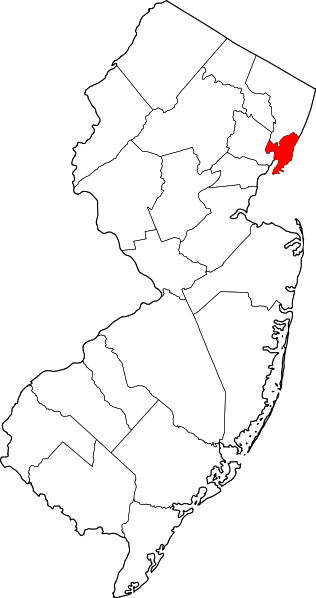
Hudson County is the smallest county in New Jersey and one of the most densely populated in United States. It takes its name from the Hudson River, which creates part of its eastern border.
Hudson County Genealogical & Historical Society
77 River Street
River Street and Hudson Place
Hoboken, NJ 07030
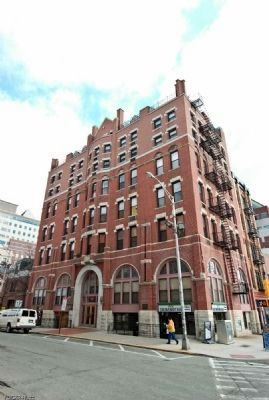
This site was once close to the geological edge of the Hudson River. This building, CIRCA 1889, close to major transportation was once Hoboken's largest commercial structure. Built as the Second National Bank, it housed a variety of uses, most notably the Hoboken Post Office, Library, Garibaldi Real Estate and Insurance Company and the Hudson Opera Association. Envisioned as condominiums by the Elysian Federal Bank through replication two and one-half stories were added creating living space with panoramic views of New York City.
Baseball
Washington Street and 11th Avenue
Hoboken, NJ 07030
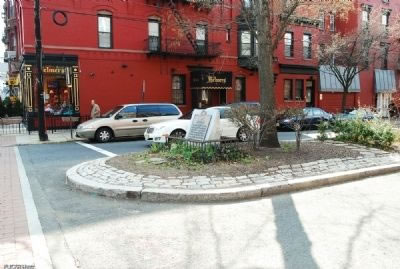
On June 19, 1846, the first match game of baseball was played here on the Elysian Fields between the Knickerbockers and the New Yorks. It is generally conceded that until this time, the game was not seriously regarded.
New York Yacht Club
Maxwell Place and Frank Sinatra Drive
Hoboken, NJ 07090
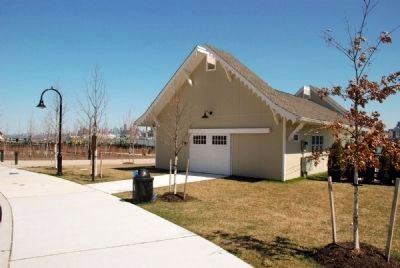
John Cox Stevens, an outgoing member of Hoboken's founding family and avid boater, organized the New York Yacht Club (NYYC) on July 30, 1844, and served as its first Commodore. He built the first clubhouse on this site at the foot of Tenth Street. Renowned architect A.J. Davis may have designed the Gothic-style cottage. NYYC meetings and its annual regatta took place here from 1845 to 1865. Stevens also built the yacht Americaand sailed it to England to race and win the first "America's Cup" in 1851. The NYYC moved the clubhouse three times. It now stands at the club's Newport RI facility.
Old Bergen Church
Bergen Avenue and Highland Avenue
Jersey City, NJ 07306
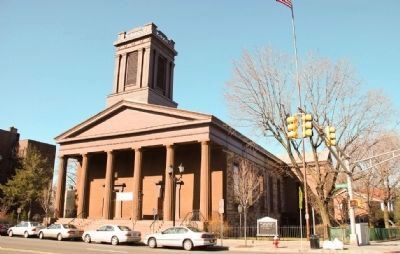
The Old Bergen Church, a Dutch Reformed Church, is a classic blending of Greek Revival details and form, with New Jersey Dutch influences. Originally founded in 1662 at Bergen Avenue and Vroom Street, the church has undergone two rebuildings on this site, in 1773 and 1842, using many of the original stones.
Ellis Island Immigration Center
North end of Liberty Island
Jersey City, NJ 07304
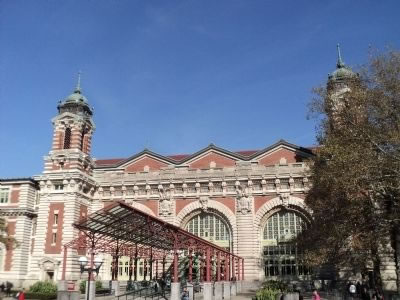
Prior to 1855, immigrants arriving at the port of New York were free to enter the United States if their vessel was checked and cleared for all “loathsome and contagious diseases.” Between 1855 and 1890, approximately 8 million new immigrants traveling through the Port of New York were formally processed at Castle Garden in Battery Park by New York State immigration officials.
After 1890, the Federal government assumed responsibility for processing immigrants. All third class and steerage passengers bound for the port of New York were required to be inspected at the Ellis Island Immigration Station, where more than 12 million hopeful immigrants were processed between 1892 and 1954. For most, the medical and legal inspection process took only a few hours. Overall, only two percent of those immigrants were excluded from entering the United States and these were sent back at the steamship company’s expense. The overwhelming majority of immigrants were free to begin new lives in America.
The Statue of Liberty
Liberty Island
Jersey City, NJ 07304

The French sculptor, Frédéric Auguste Bartholdi designed the Statue of Liberty as a giant three-dimensional jigsaw puzzle. Over 300 thin sheets of copper, most of it from a copper mine in Karmoy, Norway, fit together to form the Statue’s outer skin. Each copper sheet is 3/32 of an inch thick, about the thickness of two coins. The sheets were shaped in France using the ancient repoussé method in which the metal is hammered and shaped within large wooden and plaster molds. The finished pieces were then shipped to the United States where they were assembled and supported on an ingenious iron framework of armature bars and girders designed by Alexandre Gustave Eiffel.
Between 1886 and 1924, 14 million immigrants entered America through New York. The Statue of Liberty was a reassuring sign that they had arrived in the land of their dreams. To these anxious newcomers, the Statue’s uplifted torch did not suggest “enlightenment,” as her creators intended, but rather, “welcome.”
Over time, the Statue of Liberty emerged as Emma Lazarus’ “Mother of Exiles,” a symbol of hope to generations of immigrants.
Fort Wood
(In front of the Statue of Liberty)
Liberty Island
Jersey City, NJ 07304
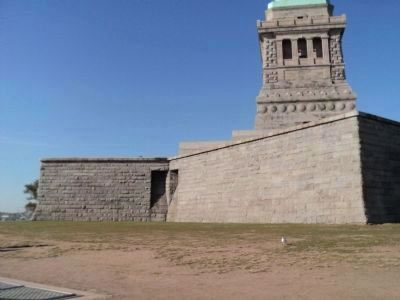
The Statue of Liberty’s pedestal sits atop the remains of Fort Wood, originally one link in a chain of defenses protecting New York City and its vital harbor. The fort was built between 1808 and 1811 in the shape of an eleven-pointed star and was occupied by the War Department as an army post until 1937. The eleven-pointed star design was brought to North America by French military engineers in the 17th century. The fort acted as a lookout position with harbor guns entrenched near the shore. Many incised markings, believed to be Masonic symbols, have been found on its granite exterior walls and the surrounding lawn.
The Central Railroad of New Jersey (CRRNJ) Terminal
Audrey Zapp Drive
Jersey City, NJ 07304
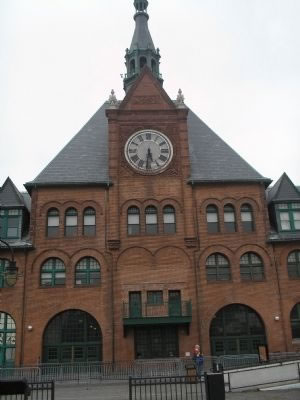
From 1864 until 1967: the Central Railroad of New Jersey (CRRNJ) Terminal provided a vital link between the New Jersey and New York City shores. At its busiest, more than 200 ferry sailings transported tens of thousands of commuters and thousands of immigrants over the New York Harbor waters every day.
The South Side of Ellis Island
Jersey City, NJ 07304

The 29 buildings on the south side of Ellis Island comprise one of the largest hospitals to be built in the United States during the first decades of this [20th] century. With more than a quarter million square feet of enclosed space, the buildings and connecting corridors are a significant and unified architectural development. Once the island was vacated in 1954, maintenance of the buildings and grounds effectively ceased. After over forty years of abandonment, they have reached a critical and accelerating state of deterioration. Luckily, the historic structures on the south side of Ellis Island have not been lost.
Steven Foster House
Bloomfield Street and 6th Street
Hoboken, NJ 07030

Stephen Collins Foster composer of“Old Folks at Home” and other immortal songs lived in this house during the year 1854. It was while living here that “Jeanie With the Light Brown Hair” was published June 5, 1854. This is the only house standing today in which Stephen Foster is known to have lived.